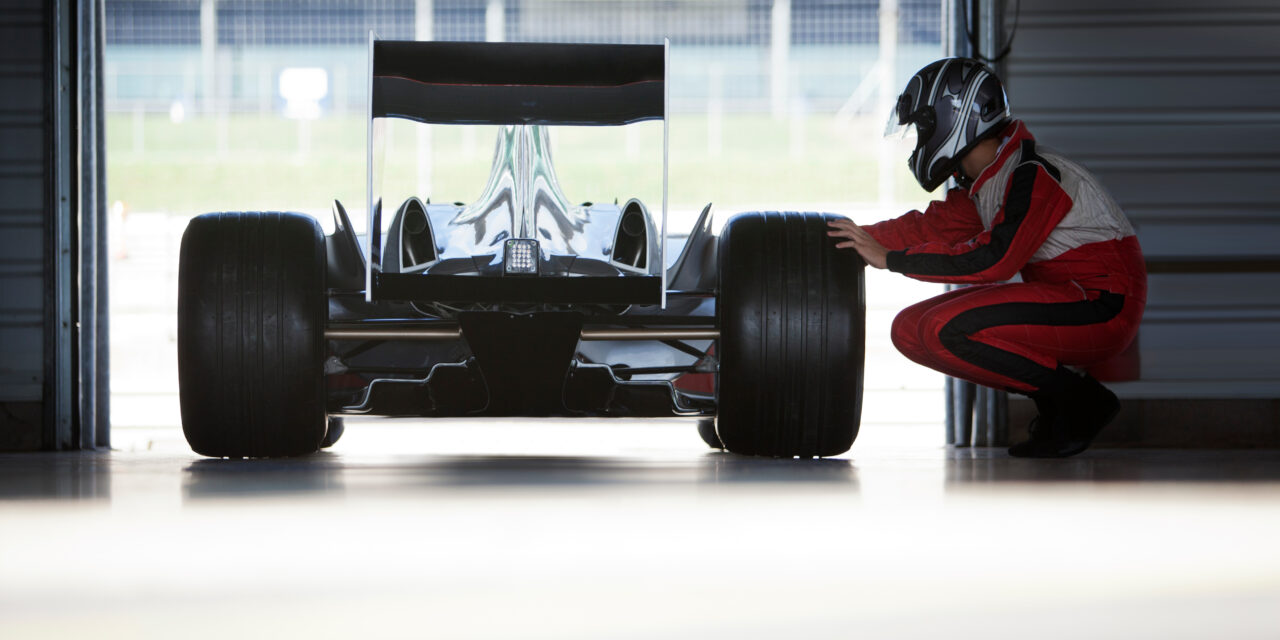After an action packed last month in Formula One, Charlotte Cain & Hanzala Fayaz give you the run down on everything you need to know.
Lap one: The races that shook the grid
Throughout September and October, Formula One wrapped up its European run with fireworks, and more than a few bruised egos. Back-to-back wins for Max Verstappen in Monza and Baku, followed by a shock result under the Singapore lights, have reignited the championship fight and thrown McLaren’s dominance into doubt.
At the Italian Grand Prix, Red Bull roared back to life. Verstappen converted pole into victory, claiming his third win of the season and first since Imola. A record-breaking qualifying lap of 1m 18.792 set the tone for a weekend of Dutch determination.
McLaren’s day, however, unravelled. A slow pit stop allowed Oscar Piastri to jump teammate Lando Norris, only for the Australian to be ordered to let him through again. Piastri reluctantly complied, finishing third behind Norris. An awkward exchange that hinted at growing internal tension. Verstappen, meanwhile, never looked back.
Ferrari finally gave the home fans something to cheer about. Despite a five-place grid penalty, Lewis Hamilton clawed back to sixth, while Charles Leclerc’s fourth-place finish salvaged pride after a double DNF at Zandvoort. For once, the famous Tifosi applause wasn’t just nostalgia.
Then came Baku, a circuit that never fails to deliver chaos. The windy, wall-lined streets witnessed a marathon qualifying session stretching over two hours, and a rare mistake from championship leader Piastri, who found himself in the barriers during Q3.
Verstappen swept the Grand Prix with authority, finishing fifteen seconds ahead of Mercedes’ George Russell. It marked his first back-to-back wins since 2024 and sent a clear warning to the field: Red Bull might have stumbled, but they were far from finished.
McLaren’s weekend was one to forget. Piastri’s power-unit issue in practice snowballed into a disastrous race, crashing out on lap one after jumping the start. Norris, stuck in a DRS train behind Antonelli and Tsunoda, could only manage seventh. The points gap barely budged, and team principal Andrea Stella admitted Red Bull were “very much in with a chance to catch up.”
For Williams, though, Baku was redemption. Carlos Sainz missed pole by inches but turned Sunday into a celebration, bringing home the team’s first podium in years. “It’s been a long time coming,” he said, grinning through disbelief.
As the paddock shifted east to Singapore, under the glittering Marina Bay lights, fortunes changed yet again. Russell stunned with pole and converted it into a surprise victory for Mercedes, while McLaren secured the Constructors’ Championship for the second year running, a feat not achieved since Senna and Berger in the early ’90s.
But it wasn’t without friction. A lap-one lunge from Norris forced Piastri toward the wall; the two McLarens brushed wheels, exchanged sharp radio messages, and carried on in tense formation. They crossed the line third and fourth, sealing McLaren’s title but exposing cracks in the partnership that had once seemed untouchable.
Verstappen, despite an off-track moment at Turn 14, finished just behind them and now sits forty-one points adrift of Norris, who remains second to Piastri in the standings. The championship picture, once a McLaren formality, suddenly looks wide open.
Lap two: The bigger picture
If Charlotte’s race reports capture the sparks on track, the broader view shows the fire still spreading. Formula One’s late-season run has turned into a psychological chess match, one that’s as much about stability and leadership as raw pace.
The papaya-orange McLarens have carried the sport’s momentum all year, but internal friction and mounting pressure could be their biggest rivals. Piastri’s precision and calm efficiency contrast sharply with Norris’s aggressive, emotional edge. The pairing that once looked harmonious may now be heading toward its first real fracture. The classic tension of two drivers who both believe they can be world champion.
Elsewhere, Ferrari and Mercedes remain the ever-frustrated giants. Leclerc’s flashes of brilliance continue to be undermined by inconsistency, while Hamilton, though showing glimpses of his old self, is still finding his rhythm in red. Mercedes, meanwhile, made the biggest off-track headlines: George Russell will partner Italian prodigy Kimi Antonelli in 2026 when new engine regulations arrive. It’s a generational handover that signals a post-Hamilton era, and Toto Wolff’s attempt to future-proof the Silver Arrows.
After years of absolute control, Red Bull find themselves in a rare position: chasing. Analysts have branded their recent form “mediocre” by their own lofty standards, and Verstappen’s mid-season outbursts hinted at a driver rediscovering his edge through frustration. Still, few teams adapt faster. If Monza and Baku proved anything, it’s that underestimating Red Bull is a mistake you only make once.
Of course, no month in Formula One passes without controversy. The FIA’s late penalty announcement after the Dutch Grand Prix reshuffled results and reignited the perennial debate about officiating consistency. In the paddock, Ralf Schumacher’s blunt criticism of Lance Stroll, claiming Aston Martin “cannot build a championship future” around him, sparked another round of headlines that team boss Mike Krack could have done without.
Amid the chaos, Formula One continues to evolve off the circuit too. The sport recently confirmed a 26 percent reduction in its carbon footprint compared to 2018, edging closer to its 2030 net-zero target. What was once a marketing slogan is now measurable progress, thanks to sustainable fuels, more efficient freight, and greener event lgistics.
And if the racing wasn’t already theatrical enough, the marketing certainly is. Ahead of the U.S. Grand Prix, teams including Williams, Haas, McLaren, and Aston Martin unveiled special one-off liveries, adding colour and fan engagement to the sport’s ever-expanding global show. It’s Formula One as entertainment, and it works.
The final sector
As the season barrels toward its conclusion, the 2025 campaign feels poised on a knife’s edge. Verstappen’s resurgence has shattered complacency, McLaren’s internal duel has injected fresh drama, and every team from Ferrari to Williams is finding new reasons to fight.
The championship remains Piastri’s to lose, but in Formula One, momentum is as volatile as the weather in Baku. Whether it’s Verstappen’s vengeance, Norris’s nerve, or a surprise from Mercedes, the next few races promise pure unpredictability.
One thing is certain: Formula One never idles. It accelerates, evolves, and occasionally implodes, but it never stands still. And that’s exactly why, month aftermonth we keep watching.




